Wheel Alignment
What is a Wheel Alignment?
A wheel alignment is the process of adjusting a vehicle’s steering and suspension components to make the angles at which the tires contact the road fall within manufacturer’s specifications. The purpose is to minimize tire wear and fuel consumption, to facilitate optimal vehicle handling, and to make the vehicle travel straight and true when the steering wheel is centered.
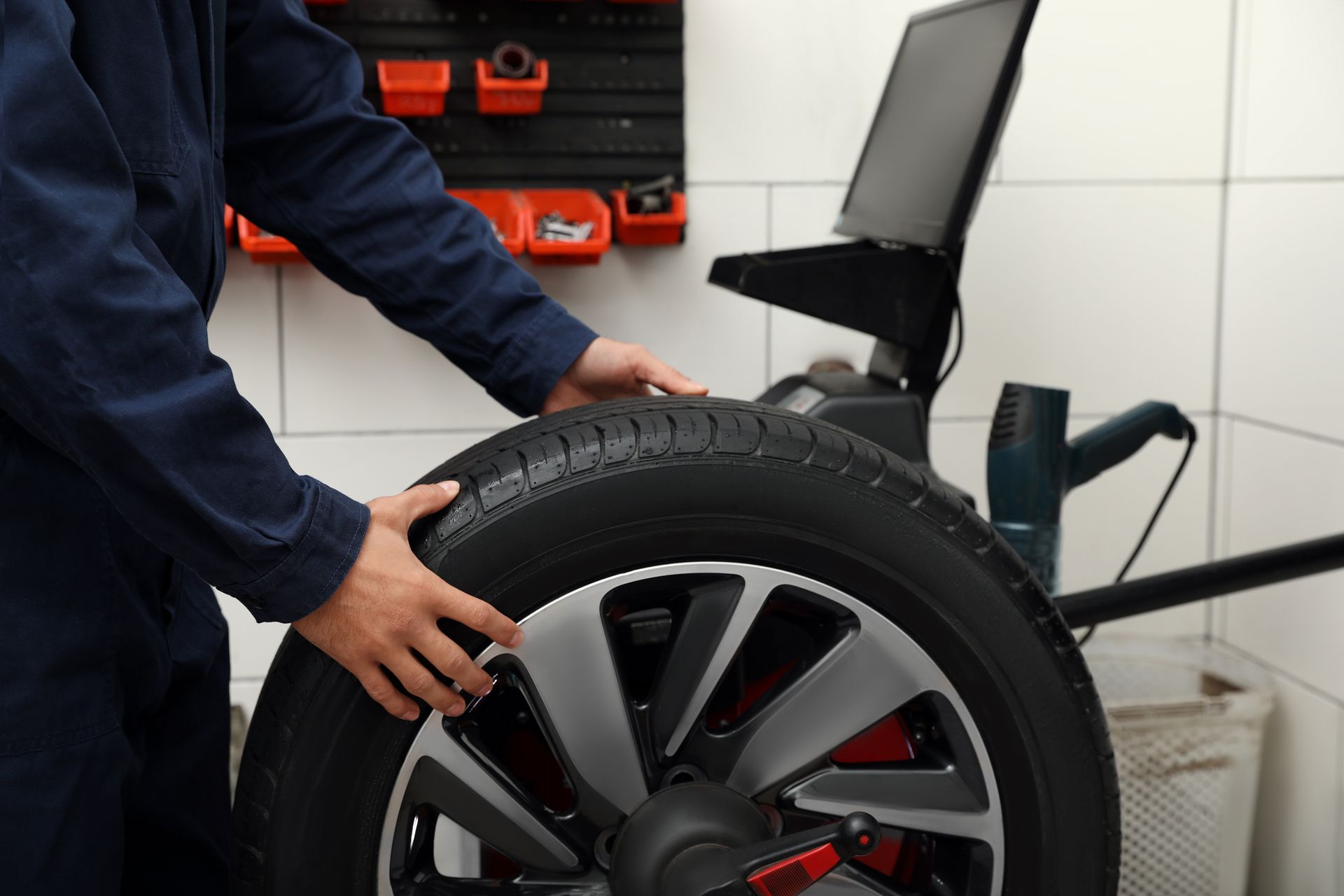
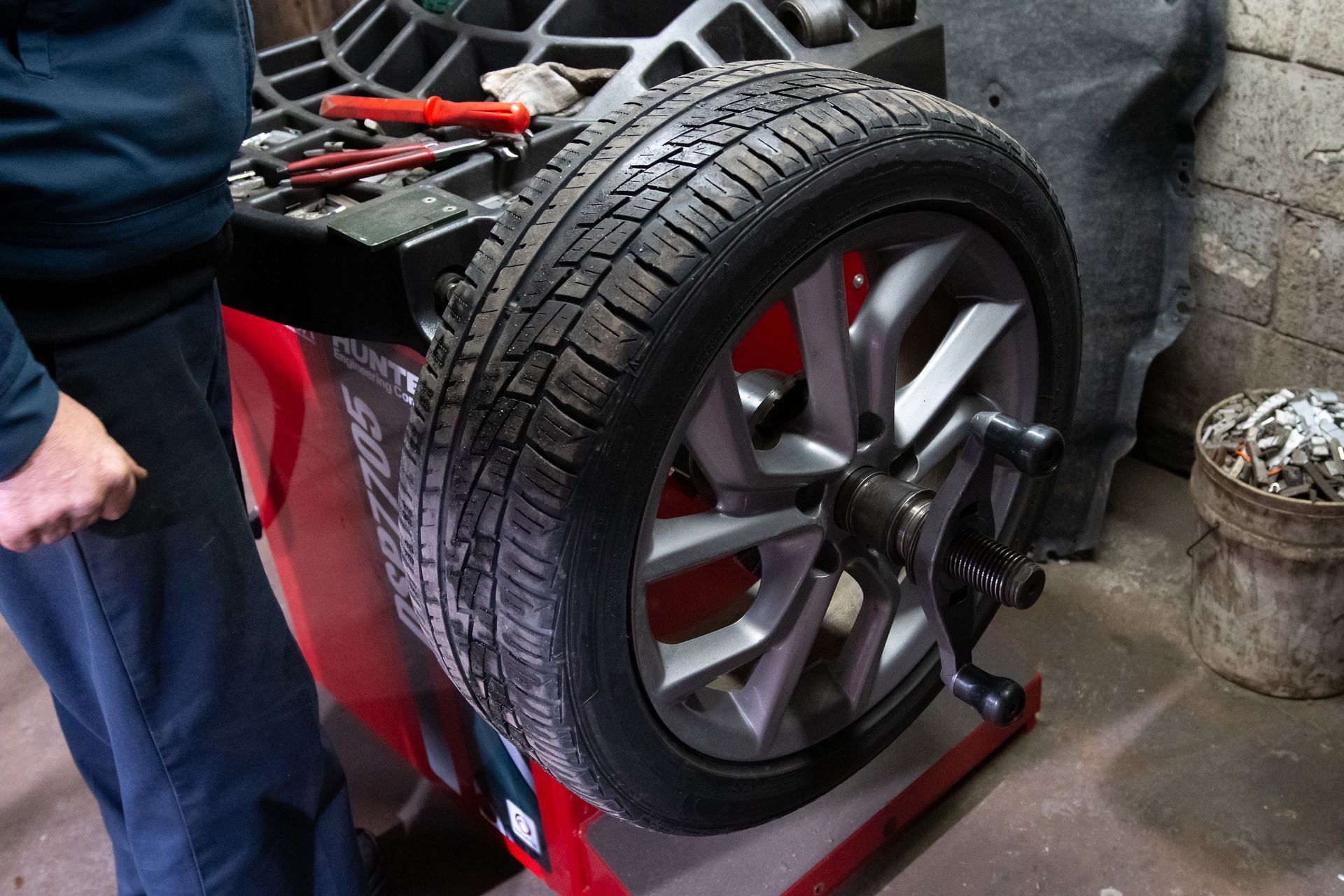
Car Alignment Angles – Camber, Caster, and Toe.
When performing an alignment, our alignment shop uses modern Hunter alignment equipment to measure and set three angles, the Camber, Caster, and Toe.
- Camber – The Camber alignment angle is a measure of whether the top of the tire leans toward the vehicle or away from the vehicle. If a tire leans toward the vehicle, it will wear at an angle, with greater wear on the inside of the tire. If a tire leans away from the vehicle, the tire will show greater wear on the outside.
- Caster – Think of caster wheel alignment like measuring the position of a wheel on a shopping cart. Pull the shopping cart backwards and the wheel will be towards the front of the cart. Push the cart forward and the wheel flips around the other way and will trail the center point. The caster angle measures where a tire sits on the car relative to its center point. Is it forward of the center point, or does it trail the center point. This angle doesn’t affect tire wear, but will affect the feel of the steering, particularly at high speeds where it may cause difficulty in steering if the angles are out of specification.
- Toe – Toe measures whether the front of a tire is pointed away from the car or towards the car. If the front of the tire is pointed toward the car, it is “toed-in”, and the outside shoulder of the tire will wear prematurely. If the front of the tire is pointed away from the car, it is “toed-out”, causing the inside shoulder of the tire to wear out prematurely.
What Are Symptoms of a Bad Alignment?
Common signs that your vehicle is out of alignment are:
- The steering wheel is off center when you are going straight
- The vehicle pulls or drifts into another lane on a flat road with no wind. Your vehicle should be able to go straight for at least a hundred yards without anything more than a very slight adjustment to the steering wheel.
- Your tires are showing unusual wear patterns, such as feathering, or wearing on the inside or outside shoulder
This short video is courtesy of Hunter Engineering, the fine folks who we buy our alignment equipment from, and does a great job of explaining things:
Why should I align my vehicle?
Ideally, your tires should contact the road perpendicular to the ground and square to each other. Driving a vehicle that is misaligned can be costly. If your tires do not contact the road at an optimal angle, the tires will experience more friction with the road, causing them to wear out prematurely, and causing your fuel consumption to go up. Misalignment also puts stress on other vehicle components, including its steering and suspension parts.
On newer vehicles with advanced driver assist systems, your vehicle’s alignment also plays an important role in keeping you safe. Many driver assist systems rely on data from the steering angle sensor to function properly. For example, if your vehicle has a lane departure warning system, its computer will rely on data from the steering angle sensor to help keep you in the lane.
In sum, when your vehicle is properly aligned:
- Your tires that last longer
- Steering and handling will be improved
- You gas mileage will improve, and you’ll emit less CO2
- Driver assist systems will function as designed
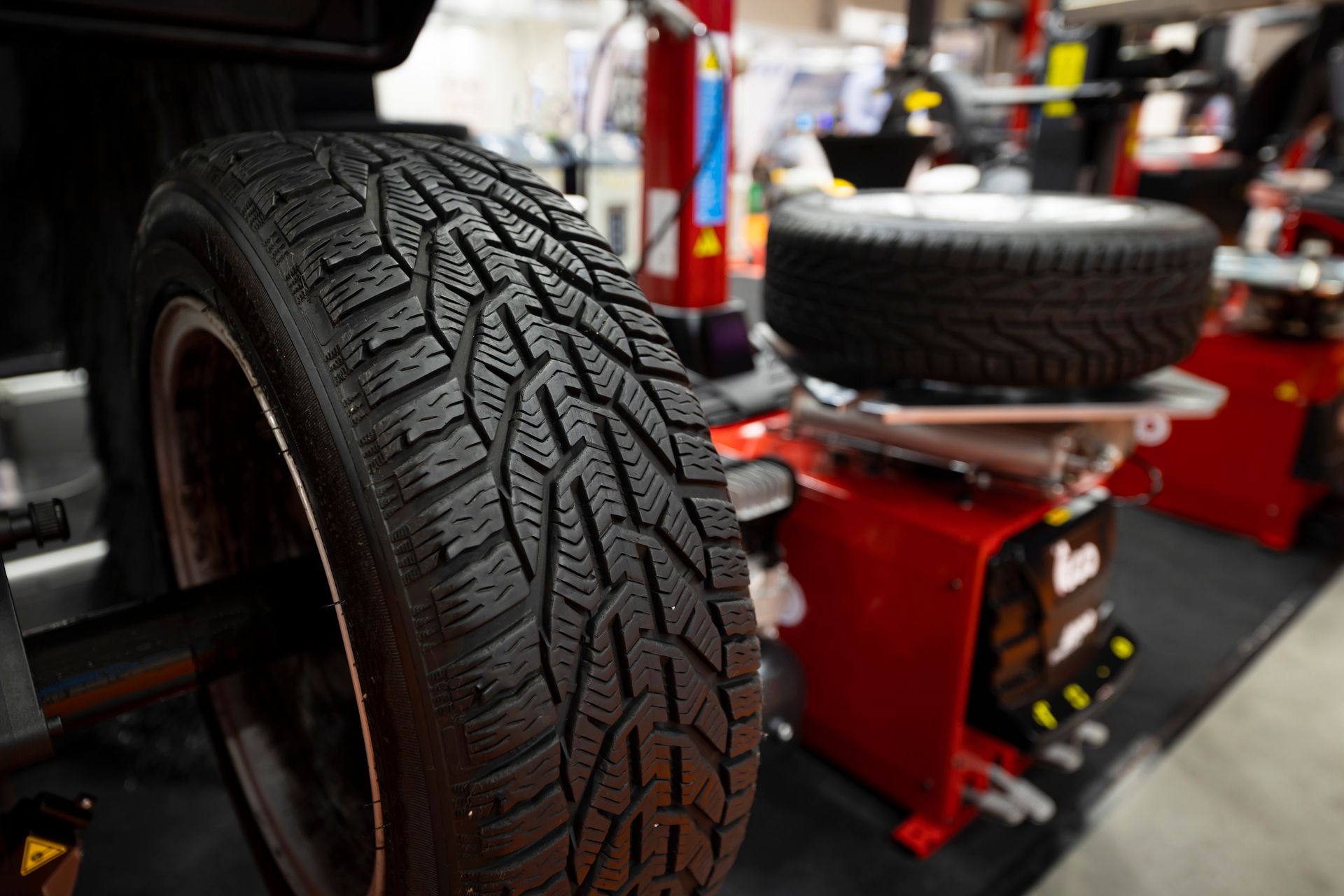
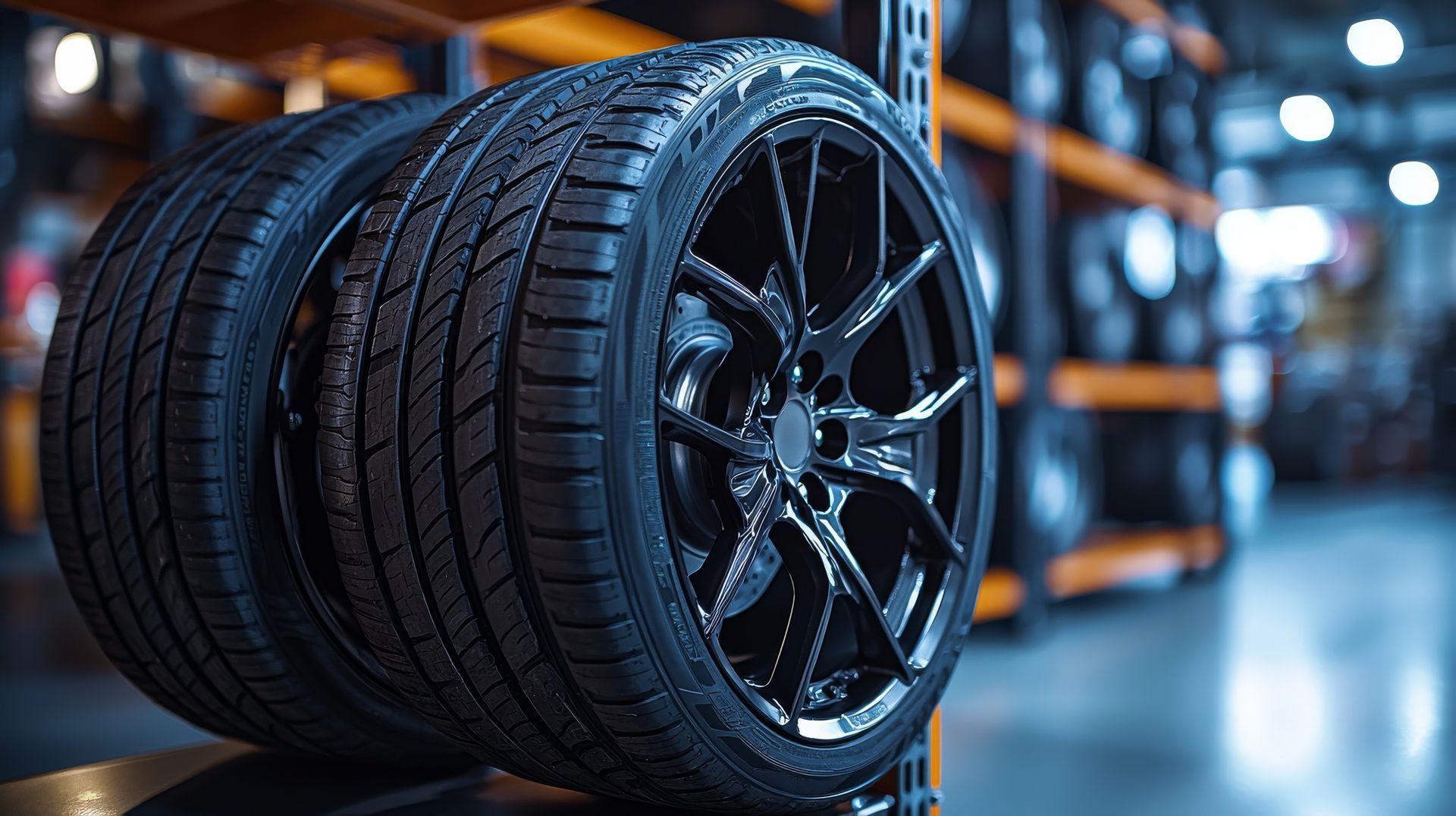
How Often Should I Get a Wheel Alignment?
Your vehicle’s alignment can be thrown out of specs during normal everyday driving if you hit a curb or a pothole (Potholes in Illinois you say? Impossible!) So, we recommend that you have your wheel alignment checked annually. We will check your alignment for free, and only charge for wheel alignment services if it is out of specifications and you ask us to put it into specs.
If you have a bubble on the side of your tire or a bent wheel, this indicates that you probably hit a pothole with some force. It is likely that some of that force was transmitted into your suspension parts, and they may have been damaged also. If so, any damaged parts should be replaced, and the vehicle should be realigned. The same is true if you’ve had a minor fender bender that may have bent the frame or any of your suspension parts. If the accident wasn’t serious enough to warrant bringing the car to a collision shop, you should still have the alignment checked.
What is a Safety System Alignment?
Performing a 4-wheel alignment is a high-tech process that requires a specialized computer, cameras, and an alignment rack, plus a well-trained mechanic who knows how to use them. Modern vehicles with computers that control things like the steering, braking, and vehicle speed require additional alignment procedures. We not only have to set the camber, caster, and toe like we would in a standard alignment, but we also need to calibrate the onboard cameras, sensors, radar, and lidar that provide data to the computer that helps control the vehicle so that it functions properly. We call this a “Safety Systems Alignment”.
For example, some vehicles have a rear camera that tracks the angle of your steering wheel and displays on the screen the path your vehicle will travel as you go backwards. If the camera is improperly calibrated or if the steering wheel is misaligned, the displayed image will be incorrect, potentially causing a hazardous situation. Additional information is available in this short video, courtesy of Hunter Engineering:
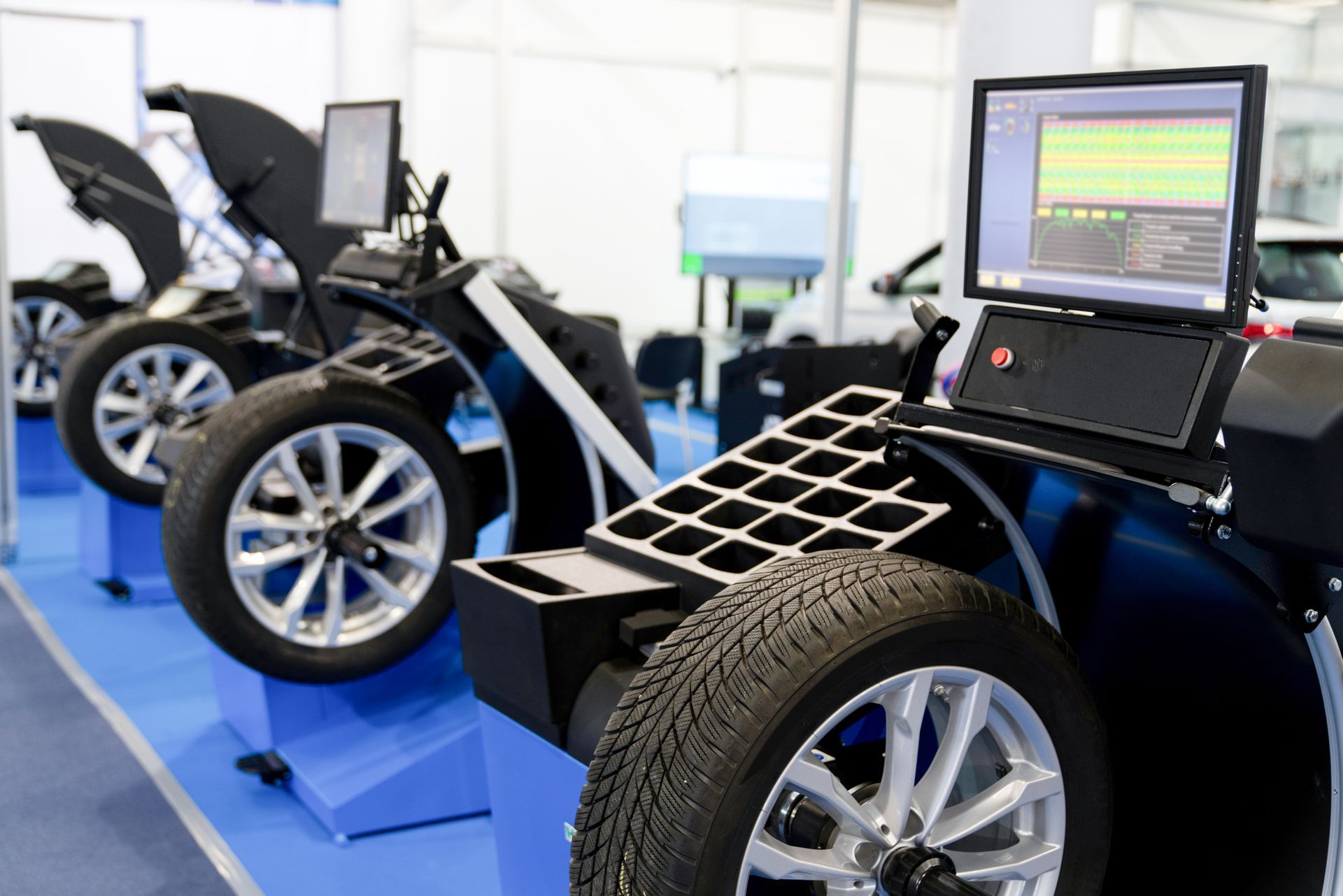
Do I need a Safety Systems Alignment?
If your car has any of the Advanced Driver Assist Systems shown in this graphic, then it will require a Safety Systems Alignment. You can usually tell when you need a standard alignment because your car is pulling, or your tires are wearing unevenly, but knowing if your safety systems are calibrated properly is not so easy. You may not find out until one of the systems tries to engage, and by then you’ll be out of luck.
To make sure that your safety systems are functioning properly, we recommend that you schedule a Safety System Alignment every 15,000 miles just like you schedule an oil change and other routine maintenance. Make it part of your regular maintenance plan. Simply call your nearest Suburban Tire Auto Repair Center to find out if your vehicle needs a Safety Systems Alignment and set an appointment for wheel alignment in Chicago.
